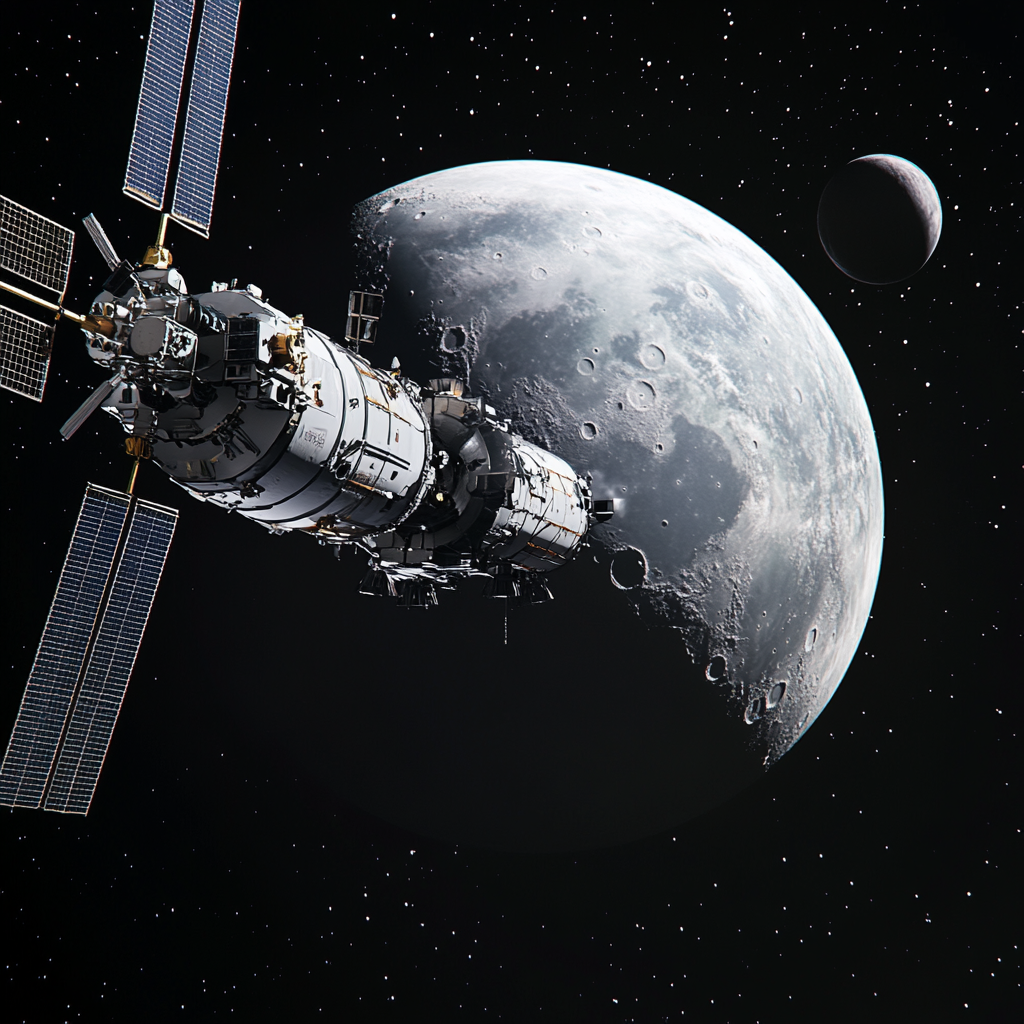
India Postpones Space Docking for SpaDex Satellites Pending Additional Verification
In the grand cosmic arena, where celestial bodies dance and stars weave their tails of light, India has been stepping boldly into the fray of interstellar endeavors. The nation’s latest venture, the SpaDeX mission, was poised to be an extraordinary feat of technological prowess. However, like a mischievous comet veering off course, it has encountered a minor bump in the road. Let’s unpack the latest developments of this mission and why it holds significant weight in the fabric of India's ambitious celestial aspirations.
First off, what is SpaDeX? Launched on December 30, 2024, atop the reliable PSLV (Polar Satellite Launch Vehicle), the mission is designed to showcase India’s nascent automated space docking capabilities. Picture this: two small satellites—SDX01, the daring Chaser, and SDX02, the steadfast Target—set to perform a synchronized ballet in the heart of space, orbiting 475 kilometers above our world. It sounds like science fiction, but for the Indian Space Research Organisation (ISRO), it's merely Tuesday.
But alas! Just as you’re sipping your chai, marveling at the feats of engineering, the mission calls for an unexpected pause. Originally slated for a docking rendezvous on January 7, 2025, the clock ticked with uncertainty, pushing the docking shenanigans back to January 9, and later into an ambiguous abyss. The reason? A moment of wisdom from ISRO. They decided to take an extra breath, slow it down, and conduct ground simulations to validate the process, especially after recognizing an abort scenario that warranted additional scrutiny. It’s a classic case—better to be safe than sorry, right? Here’s a snapshot of their announcement on social media: “The SpaDeX Docking scheduled on (January) 7th is now postponed to 9th. The docking process requires further validation through ground simulations based on an abort scenario identified today.”
Now, you may find yourself pondering, “What’s the big deal? Why should I care about two satellites engaging in a dock?” The stakes are rather high. You see, SpaDeX is a linchpin in India's space odyssey. This mission isn’t just about satellites bumping into each other; it’s pivotal for several grand aspirations that are lurking just beyond our earthly boundary.
For starters, think about the Moon. The upcoming Chandrayaan-4 mission, targeting a sample return from the Moon's enigmatic south pole by 2028, will rely heavily on the docking technology put to the test in SpaDeX. Simply put, if we want to bring a piece of lunar real estate back to Earth, we need to ensure our docking tech is top-notch—like setting a clean table before a grand feast.
But India’s sights are set even higher. The Bharatiya Antariksha Station (BAS), India’s proposed orbital outpost around the Moon, aims for 2040. And guess what? Docking technology is the building block that will allow astronauts to come and go seamlessly. It’s a bit like the universe's own game of Tetris, where you need the right pieces to fit in to create a larger picture.
Moreover, SpaDeX is about flexing those economical muscles. This mission serves as a cost-effective technology demonstrator—a key step that could propel India into the elite club of nations proficient in space docking. Who else is in this prestigious group? The United States, Russia, China, Japan, and the European Space Agency. Think of it as the intergalactic social club; you want to get your invitation stamped.
Also, let’s not forget that the PSLV rocket didn’t just play chariot for the SpaDeX satellites. It came loaded with 24 other experiments on its POEM-4 platform. Among these? A crawling robotic arm that will channel its inner Canadarm2, aiming to demonstrate India’s finesse in robotics. Picture it catching little errant satellites floating about, a feat that displays not just innovation but a commitment to a sustainable cosmos. And what about a space debris catching arm? Now that’s a neat trick hovering amidst the stars; we could use more of that.
As for other payloads, they blend seamlessly into India’s broader space research agenda, each one a thread in an ever-expanding tapestry of human knowledge and discovery. So while the delay may be a small detour, it speaks volumes about ISRO's meticulous nature. This isn’t a reckless sprint towards the finish line; it’s a measured stride, ensuring each footfall is steadier than the last.
As the country continues its tenacious journey through the cosmos, missions like SpaDeX solidify India's presence in the celestial theatre, setting the stage for unprecedented exploration and scientific achievements.
So, if your curiosity has been piqued and your interest sparked, there’s no need to let it fizzle out. Watch this space, folks! Stay informed and keep your gaze fixed on the stars, because the universe is a vast playground, and India is just getting warmed up.
Want to stay up to date with the latest news on neural networks and automation? Subscribe to our Telegram channel: @channel_neirotoken

